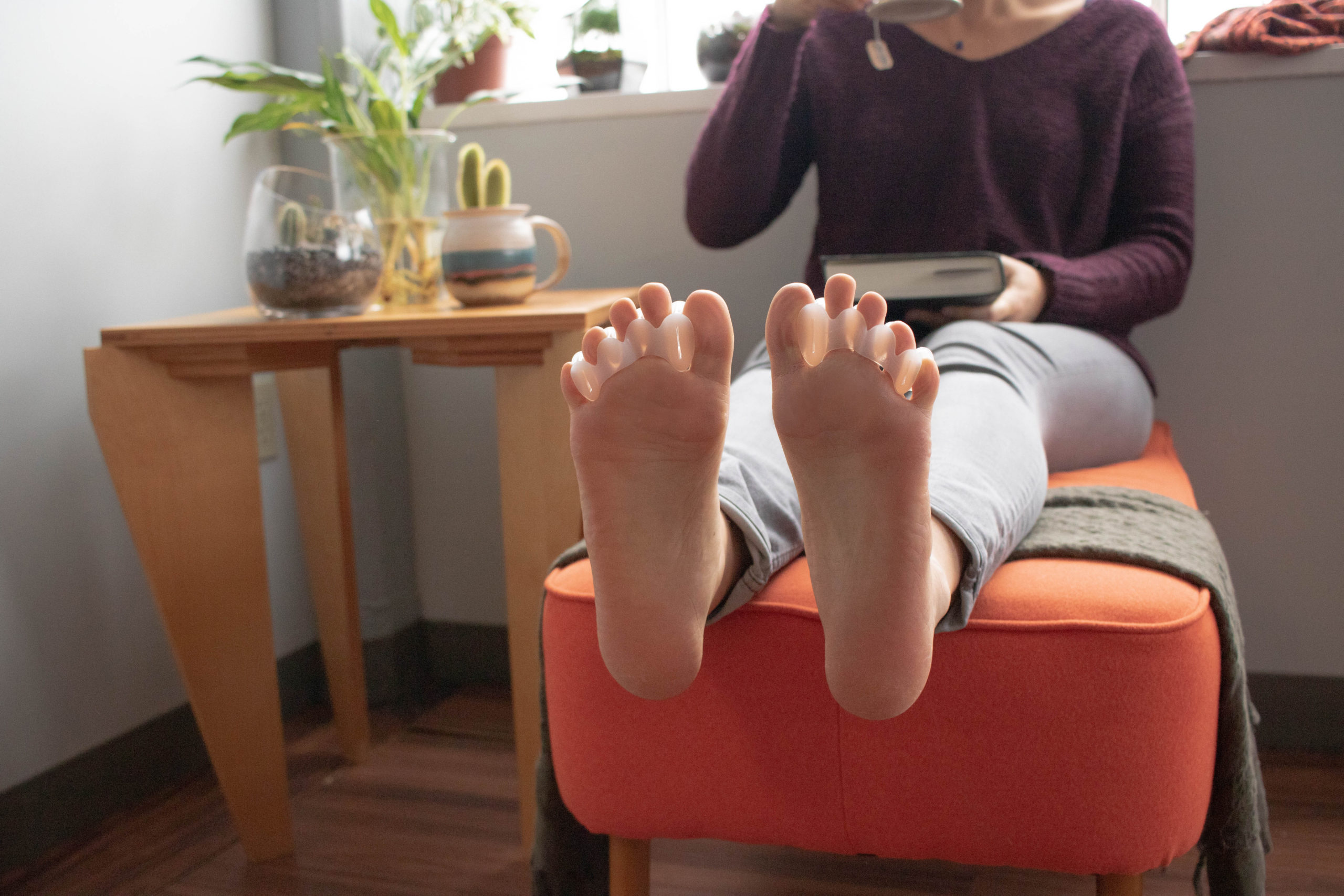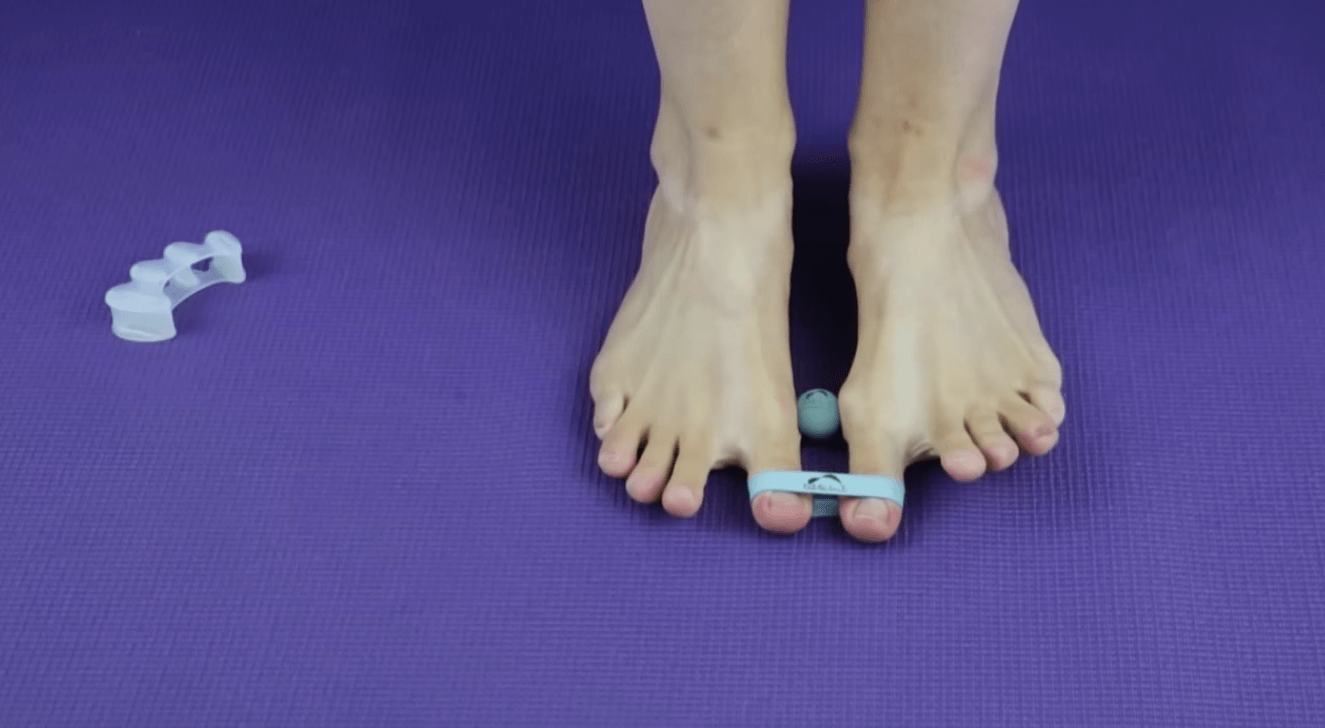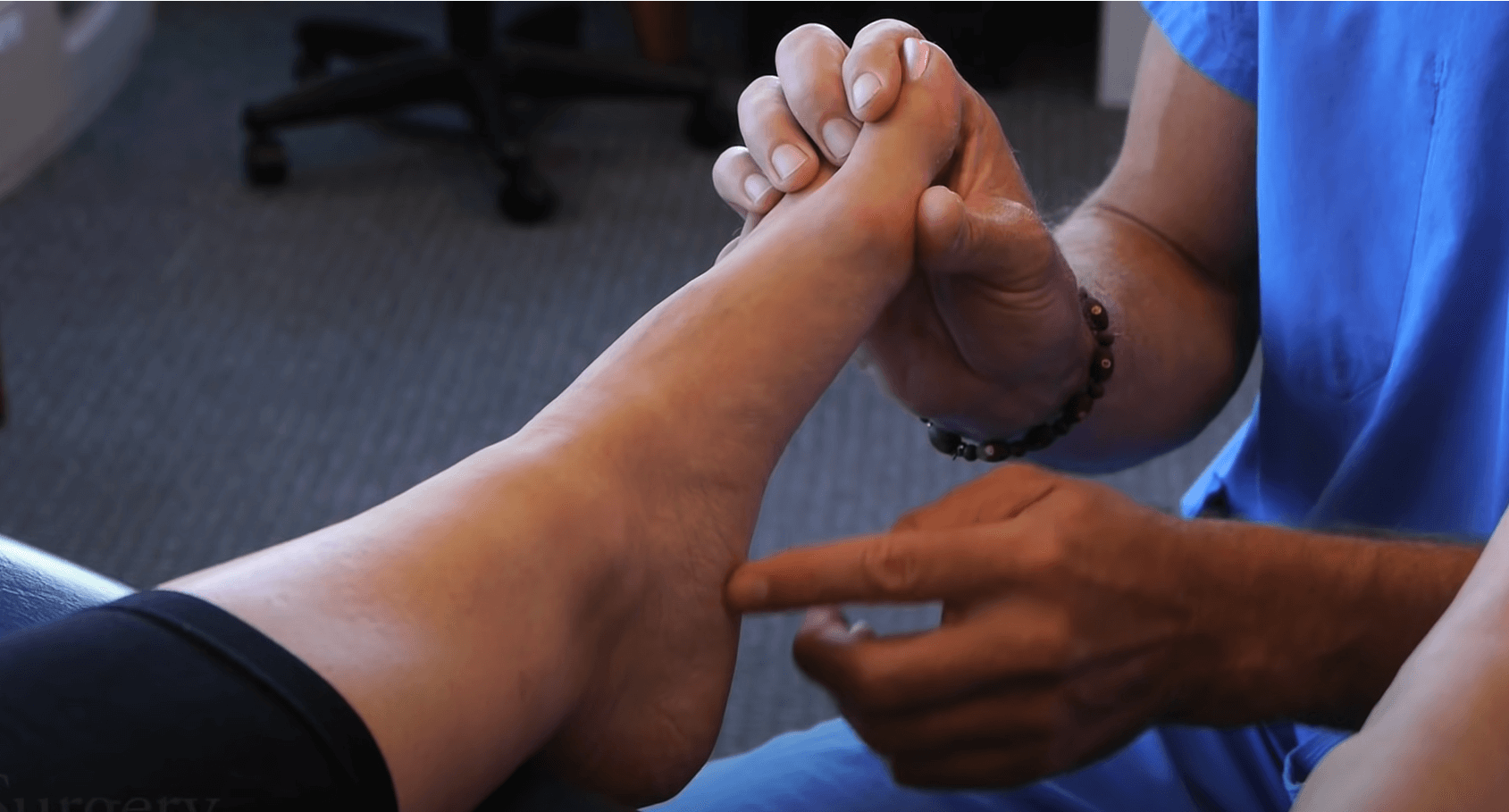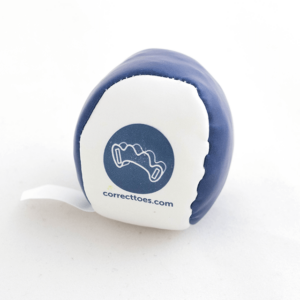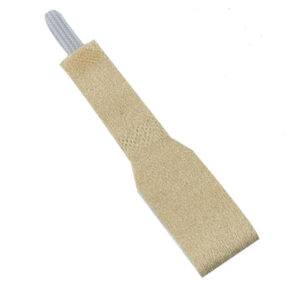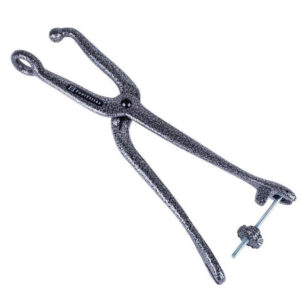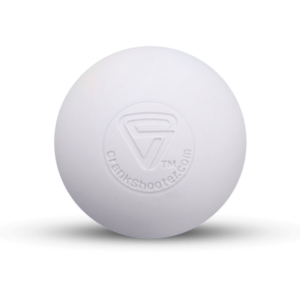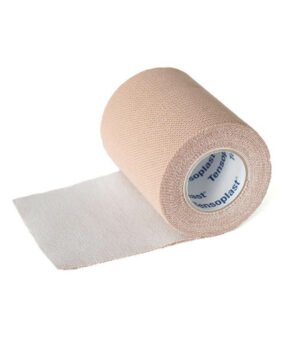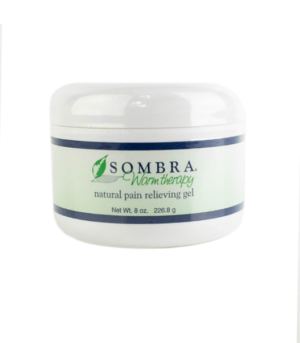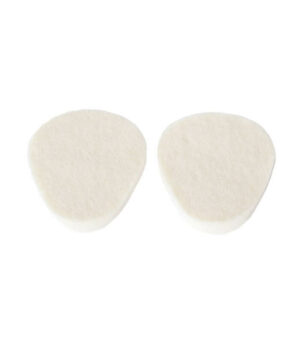Thanksgiving is right around the corner and as we use this time to take inventory of all that we’re grateful for, I would encourage you to add your feet to the list. We use our feet so often and so constantly that it is easy to take them for granted when everything is working well. Maybe your feet don’t look perfect, and maybe they even impart pain at times. Nevertheless, our feet are exquisitely designed to support and propel us through all the various movements of life.
Let us first give thanks for the unique alignment and the relationships of the bones in the foot. The bones of the foot form an arch, which distributes weight evenly throughout the entire foot and creates a strong scaffolding for all of the connective tissue that links to the bones. The ankle provides an ideal joint for absorbing and distributing the entire weight of the body. The toes offer a wide base of support and balance by creating a tripod configuration when properly aligned. In this alignment, the big toe plays a critical role in supporting the movement of the foot by effectively extending the arch of the foot, making it more stable and resistant to over-pronation.
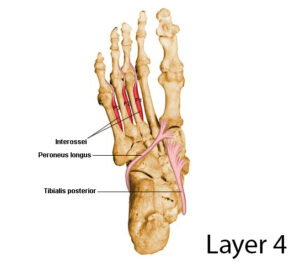
Next, the muscles of the foot deserve a big “thank you”. The muscles on either side of the ankle (laterally: the peroneus longus and brevis, and medially: the tibialis posterior) form a stirrup-like sling to hold up the arch and control the side-to-side movement (pronation and supination) of the foot and ankle. These muscles are beautifully positioned to complement and balance the action of one another. The gastrocnemius and soleus muscles provide power and stability for running, walking, and standing; they’re perfectly positioned to provide maximum leverage for plantar flexion at the ankle (which in turn allows us to run and stand on our tiptoes). The intrinsic muscles of the foot are amazing little structures that do not do a huge amount of moving, but instead perform an immense amount of stabilizing. These are the small muscles between your metatarsal bones and under your arch that help stabilize and micro-adjust the foot through weight bearing.
Thankfully, we have ligaments, fascia, and connective tissue in the foot holding the bones in proper position. They also maintain the correct position for the veins, arteries, and nerves as they travel through the foot. Additionally, the fascia, including the plantar fascia, essentially “shrink-wrap” the components of the foot and keep all of the structures tight and organized.
The nerves of the foot are also worthy of some gratitude as they are essential in sensation, coordination, balance, and proprioception. Nerves gives us our sense of position in space and coordinate all the complex actions that humans engage in. Each foot has about 7,000 nerve endings that make all of this possible. Perhaps most importantly, nerves are primarily responsible for the ecstatic feeling of walking barefoot through a forest or on the beach.
Finally, it’s worth being grateful for the fact that even if you are in pain, the foot can change and improve its function given the correct inputs. Bones can be realigned. Muscles can grow stronger. Nerves can regenerate. Given the proper tools and environment, the body can heal itself. The doctors at Northwest Foot & Ankle are experts in getting your feet into optimal alignment for healing and pain-free function. We are thankful for all of our patients that have worked with us to develop and implement our approach in restoring healthy, pain-free feet.


